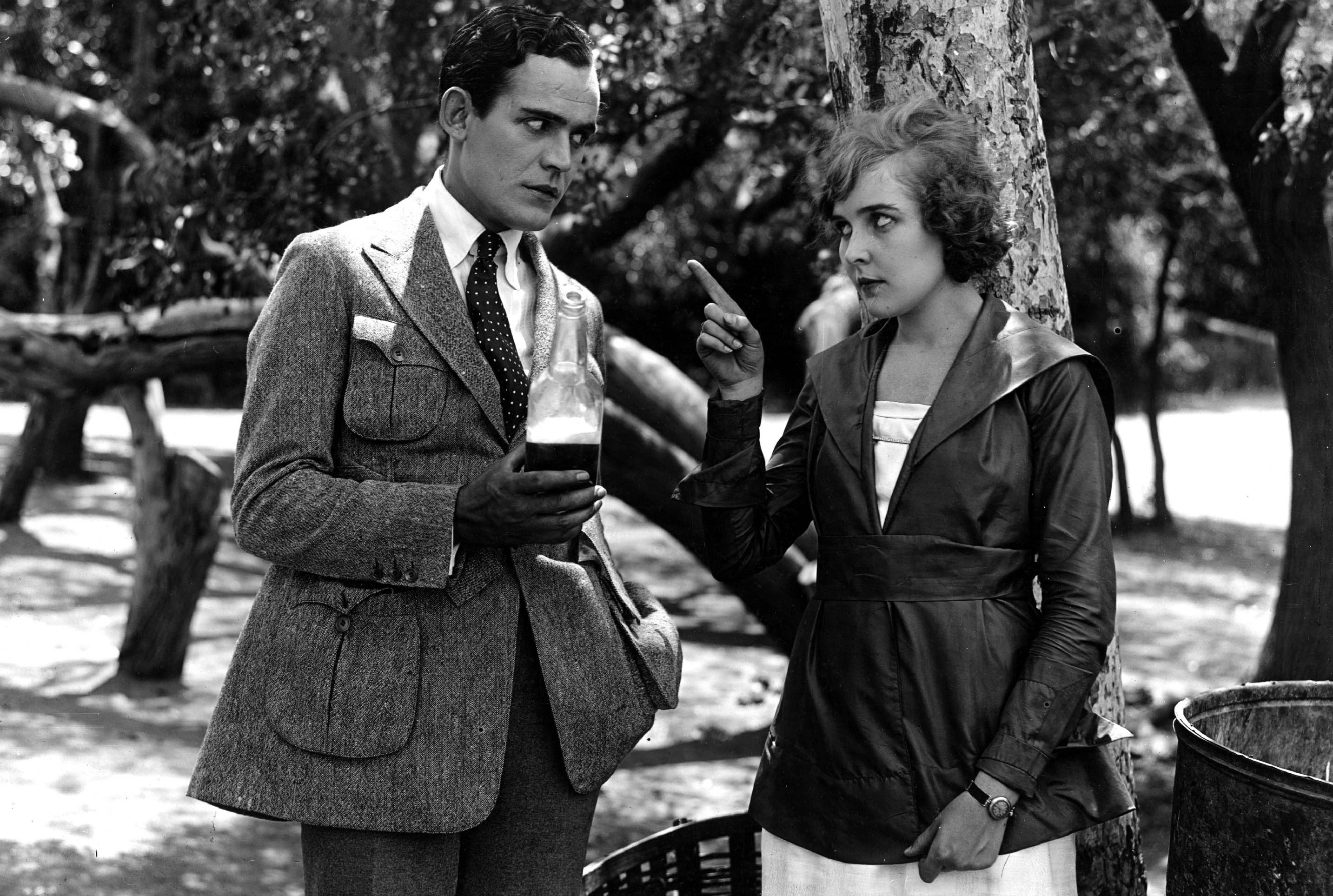Last Call: Turning Craft Beer Skeptics Into Believers And The War On Drugs On KEXP
Turning craft beer skeptics into believers
Craftbeer.com, a publication of the independent brewers trade group called Brewers Association, wants you to, essentially, "convert" a craft beer skeptic this holiday season. The piece reads: "You approach 10 craft beers aligned with taps all aglow, and you hear a person from your group utter, 'I don't like craft beer.' Gasp! What do you do? While you might be quick to question said person's acceptance into your group, it's actually a great opportunity to turn a craft beer skeptic into a believer." While I love beer more than the average person, this can't be what we spend our holidays worrying about. Beer is not a battlefield to be conquered or a proxy for culture wars or any other such nonsense. Especially at the holidays, beer is an unpretentious liquid for enjoyment, celebration, and making our families more tolerable. Join me in letting our friends drink whatever the heck they want this year. [Kate Bernot]
The War on Drugs on KEXP
Here's my current favorite band (The War on Drugs) performing a set from my favorite album of 2017 (A Deeper Understanding) on my favorite radio station in the world (KEXP). [Kevin Pang]

